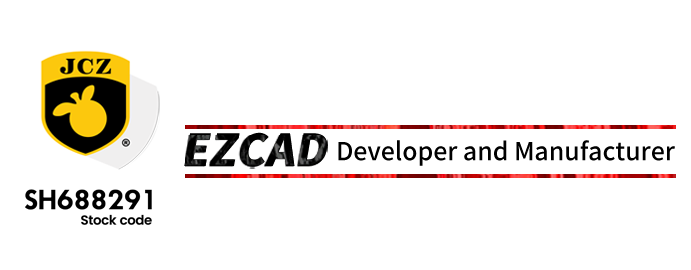Femtosecond lasers are at the forefront of laser technology, offering unprecedented precision and control in various applications. These lasers emit extremely short pulses of light, typically in the range of femtoseconds (one quadrillionth of a second), making them suitable for a wide array of uses, from medical treatments to advanced manufacturing processes. This article explores the technology behind femtosecond lasers, their applications, and the advantages they bring to different fields.
What is a Femtosecond Laser?
A femtosecond laser generates light pulses that last for just a few femtoseconds. This rapid pulse duration allows for the manipulation of materials at incredibly precise levels, enabling scientists and engineers to achieve results that are often unattainable with traditional lasers. The short pulse duration means that the laser can interact with materials without causing significant thermal damage, making it ideal for sensitive applications.
Types of Femtosecond Lasers
1. Femtosecond Pulsed Lasers
Femtosecond pulsed lasers are the most common type, generating high-energy pulses at extremely short intervals. These lasers are widely used in research and industrial applications where precision is crucial. Their ability to minimize heat-affected zones makes them suitable for cutting and engraving delicate materials.
2. Femtosecond Fiber Lasers
Femtosecond fiber lasers utilize optical fibers as the gain medium, allowing for compact designs and efficient operation. These lasers provide high power and excellent beam quality, making them popular in applications such as material processing and biomedical research. The versatility of fiber lasers also enables their use in a range of wavelengths, depending on the specific application.
3. LensX Lasers
LensX lasers are a specific type of femtosecond laser technology used primarily in ophthalmology. This system utilizes femtosecond laser pulses to create precise incisions in the cornea during cataract surgery or LASIK procedures. The high precision of LensX lasers enhances surgical outcomes and reduces recovery times for patients.
Applications of Femtosecond Lasers
1. Medical Treatments
Femtosecond lasers have revolutionized the field of ophthalmology, particularly in vision correction surgeries. The precision of these lasers allows surgeons to create accurate corneal flaps with minimal damage to surrounding tissues. Additionally, femtosecond lasers are used in other medical applications, such as skin resurfacing and tissue cutting, where precision is critical.
2. Material Processing
In industrial settings, femtosecond lasers are employed for cutting, drilling, and engraving various materials, including metals, polymers, and ceramics. Their ability to produce clean cuts with minimal thermal distortion makes them ideal for high-precision manufacturing processes, such as electronics and aerospace components.
3. Research and Development
Femtosecond lasers play a crucial role in scientific research, particularly in the fields of physics, chemistry, and materials science. Researchers utilize these lasers to investigate ultrafast phenomena, study chemical reactions, and manipulate materials at the molecular level.
4. Telecommunications
Femtosecond lasers are also used in telecommunications for the development of high-speed data transmission systems. The precise control over light pulses allows for the generation of signals that can carry large amounts of information quickly and efficiently.
Advantages of Femtosecond Lasers
- High Precision: The short pulse duration enables femtosecond lasers to achieve incredible accuracy, making them suitable for applications requiring detailed work.
- Minimal Heat Damage: Femtosecond lasers produce very little heat during operation, reducing the risk of thermal damage to materials, which is particularly important in sensitive applications.
- Versatility: These lasers can be used on a wide variety of materials, making them adaptable to numerous industries, from medical to manufacturing.
- Rapid Processing: Femtosecond lasers allow for quick processing times, improving efficiency and productivity in various applications.
- Enhanced Safety: In medical applications, the precision of femtosecond lasers minimizes collateral damage, leading to better patient outcomes and faster recovery times.
Conclusion
Femtosecond lasers represent a significant advancement in laser technology, providing unparalleled precision and versatility across a wide range of applications. From medical treatments to industrial manufacturing, these lasers continue to push the boundaries of what is possible, making them an essential tool in modern technology and research. As the demand for high-precision applications grows, femtosecond lasers will play an increasingly important role in various industries.
由用户投稿整理稿件发布,不代表本站观点及观点,进行交流学习之用,如涉及版权等问题,请随时联系我们(yangmei@bjjcz.com),我们将在第一时间给予处理。
Post time: Oct-30-2024







